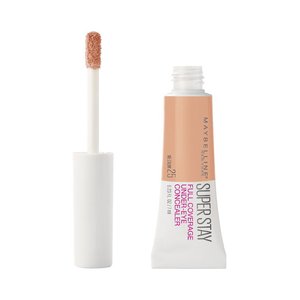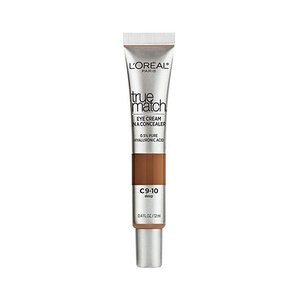Prettyboy
∞
- Joined
- Jul 5, 2021
- Posts
- 11,125
- Reputation
- 37,387
Introduction
I have already written a guide on skin, in which I concentrated on daily skincare, skin darkening / undertone changing and hair removal along with nutrition for good skin quality. You can read in the BOTB section:
https://looksmax.org/threads/guide-on-achieving-model-tier-skin.430153/
Failos of the skin, their causes and how to fix them
Periorbital dark circles
Colloqually known as simply dark circles, they are dark blemishes around the eyes. There are many causes of this sympton, including heredity and situational factors.



Acne scars
Scars are formed when a breakout penetrates the skin deeply and damages the tissues beneath it
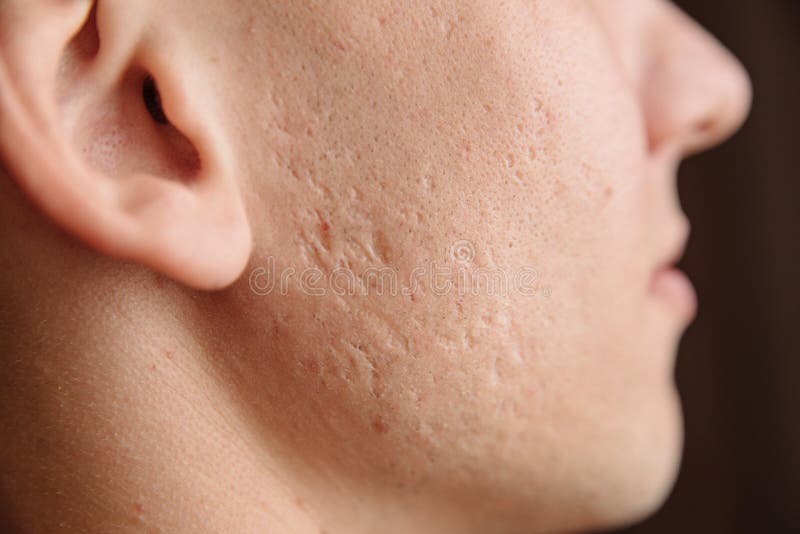

Blushing
A blush is a reddening of the cheeks and forehead brought about by increased capillary blood flow in the skin. It can also extend to the ears, neck and upper chest, an area termed the 'blush region'. It's a stress response, causing the blood vessels in your face to widen. It can be really embarassing during a presentation or work meeting
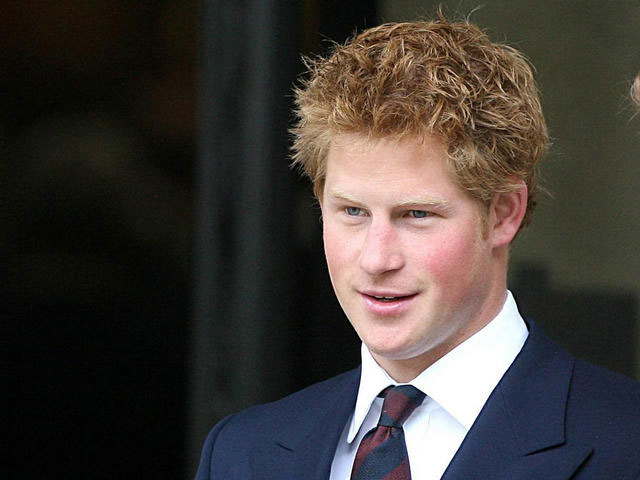
Big pores
A person’s pores may be more or less noticeable depending on their skin type. There are two types of pores. One releases the body’s natural oil, called sebum, and the other releases sweat. Sometimes the oil-releasing pores may appear enlarged
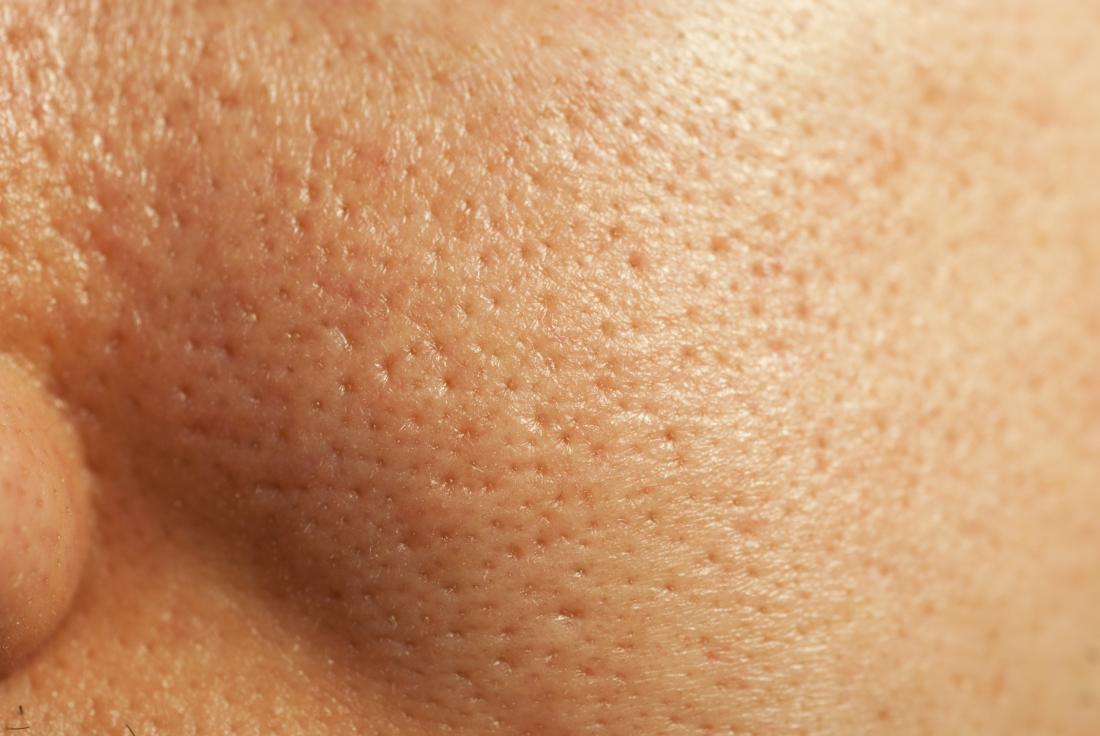
Freckles & other skin discolorations
Freckles are clusters of concentrated melaninized cells which are most easily visible on people with a fair complexion. Freckles do not have an increased number of the melanin-producing cells, or melanocytes, but instead have melanocytes that overproduce melanin granules (melanosomes) changing the coloration of the outer skin cells (keratinocytes). As such, freckles are different from lentigines and moles, which are caused by accumulation of melanocytes in a small area (unlike moles, which are raised, freckles are flat). Freckles can appear on all types of skin tones. Of the six Fitzpatrick skin types, they are most common on skin tones 1 and 2.
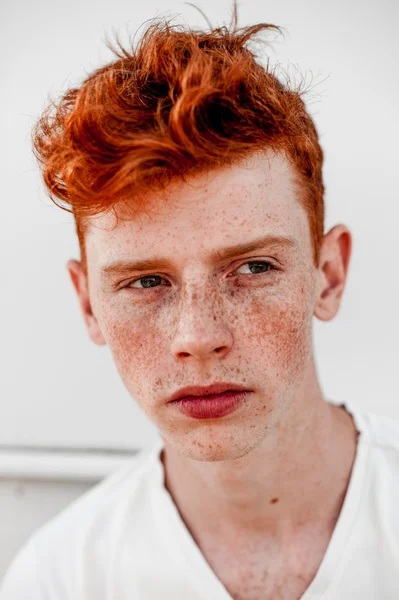
Moles
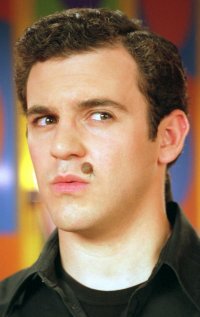
Razor burn
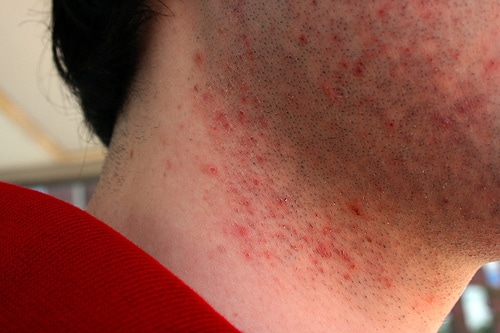
Stretch marks
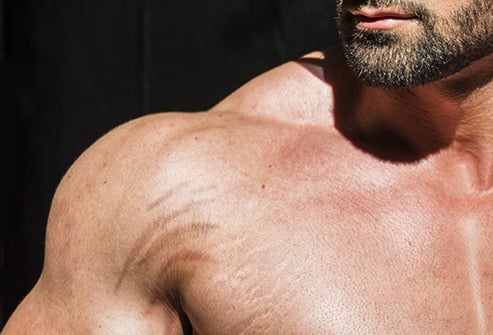
Aside from our physique (leanness) and hair, skin is our most important feature as a man that we have control over. Our skin's visual appearance greatly affects how others react to us. Bad skin quality failos everybody, be it pimples or skin discoloration. Likewise smooth, homogenously pigmented skin is very pleasant to look at.
I have already written a guide on skin, in which I concentrated on daily skincare, skin darkening / undertone changing and hair removal along with nutrition for good skin quality. You can read in the BOTB section:
https://looksmax.org/threads/guide-on-achieving-model-tier-skin.430153/
I decided to do a follow up guide on skin, this time my agenda will be to focus on acute failos of skin, their causes and remedies to combat them. For each one, I will offer long term solutions, and as a short term alternative, a way to hide them with various makeup products.
Always keep in mind that although you can conceal many failos with the usage of makeup, it's only a temporarily solution and should look for a long term treatment. Makeup can save your ass on important occasions but it won't fix the underlying problems.
Always keep in mind that although you can conceal many failos with the usage of makeup, it's only a temporarily solution and should look for a long term treatment. Makeup can save your ass on important occasions but it won't fix the underlying problems.
Failos of the skin, their causes and how to fix them
Periorbital dark circles
Colloqually known as simply dark circles, they are dark blemishes around the eyes. There are many causes of this sympton, including heredity and situational factors.

The causes of periorbital dark circles:

- Any condition that causes the eyes to itch (allergies, eczema, asthma etc.) can contribute to darker circles due to rubbing or stratching the skin around them. Dark circles from allergies are caused by superficial venous congestion in the capillaries under eyes
- Medications: any medications that cause blood vessels to dilate can cause circles under the eyes to darken. The skin under the eyes is very delicate, any increased blood flow shows through the skin
- Anemia: the lack of nutrients in the diet, or the lack of a balanced diet, can contribute to the discoloration of the area under the eyes. It is believed that iron deficiency and vitamin B12 deficiency can cause dark circles as well. Iron deficiency is the most common type of anemia and this condition is a sign that not enough oxygen is getting to the body tissues. Notice how iron & B12 deficiency is the hallmark trait of people who abstain from animal products.
[ISPOILER]https://looksmax.org/threads/a-comprehensive-guide-to-essential-nutrients.499467/[/ISPOILER] - Fatigue: lack of sleep and mental fatigue can cause paleness of the skin, allowing the blood underneath the skin to become more visible and appear bluer or darker
- Dark circles are likely to become more noticeable and permanent with age. This is because as people get older, their skin loses collagen, becoming thinner and more translucent. Circles may also gradually begin to appear darker in one eye than the other as a result of some habitual facial expressions, such as an uneven smile
- Sun exposure: prompts your body to produce melanin, which also darkens dark circles further
- Periorbital hyperpigmentation: the official name for the pigmentation disorder when there is more melanin produced around the eyes than is usual, giving them a darker color
- Genetics. It can run in your family
- Topical creams containing alpha hydroxy acids (AHAs)
- Specialist treatments, like low-level laser therapy or intense pulsed light (IPL)
- Autologous fat transplantation
- Hyaluronic acid fillers
- Caffeine is a potent vasoconstrictor that has been proven to improve the look of dark circles by constricting, or tightening, the dilated vessels under eyes
- Vitamin C can help brighten hyperpigmentation as well as thicken the dermal layer of skin which conceals dark circles
Under-eye concealer
Under-eye concealer (also called color corrector / CC) is a beauty product applied below each eye to cover up dark circles or discoloration. Unlike foundation, under-eye concealer is not a full-coverage product, it's sole purpose is to reduce the appearance of fine lines and wrinkles, and hide discoloration. It comes in many forms, from liquid concealer to creamy concealer, pencil to powder.

Tips for applying under-eye concealer:
- Get the right shade. Since dark under-eye circles tend to have a bluish or purple cast, a pinky, peachy, or yellow-toned concealer can help counteract the cast, no matter your skin undertone. The best concealer should be one shade lighter than your natural skin tone (or your foundation) to neutralize dark spots and help your makeup look natural. Pros often mix multiple shades to find the right fit. If you can’t find the right shade for your skin tone, try blending two together.
- Moisturize first. Moisturizer should be a part of everyone’s skincare routine, whether you have dry skin or oily skin—and your under-eye area is no exception. Before applying concealer, apply a tiny bit of hydrating eye cream to plump and hydrate the area. The skin under your eyes is very delicate and often laced with small wrinkles or fine lines. Using a small amount of moisturizer beforehand can help protect the skin and fill in wrinkles so your concealer can sit smoothly at the top of your skin without looking cakey.
- Use your fingers. Save the tiny brushes for small details like blemishes. The heat from your fingertip helps the product meld into your skin, which makes it look more natural. When using a concealer with a pen-like applicator or wand, dab it under your eyes, and then tap it in with your fingertip.
- Make it triangular. Don't just apply a straight swipe of concealer under your eyes. Instead, apply your concealer in an upside-down triangle under each eye. This will create the illusion of well-rested eyes by camouflaging puffy under-eye bags.
- Blend it out. One of the most important things to consider when aiming to hide dark circles is Blending. You wouldn’t want any harsh lines to give away your little secret. Use a makeup blender, like the L’Oréal Paris Infallible Blend Artist Foundation Blender, to blend and buff your concealer so no one can tell where your concealer stops and your skin begins.
- Set it. Dusting translucent powder under your eyes is an extra step, it helps set the product and make it last much longer.
Some product recommendations for under-eye concealer:
- Maybelline New York Super Stay
The formula is waterproof, easy to apply with it's paddle applicator and is smudge-resistant.

- L'Oréal True Match Eye Cream In A Concealer
A hybrid. It contains 0.5% pure hyalulronic acid to help minimize the appearnce of fine lines and wrinkles and has buildable coverage to help conceal discoloration.

Acne
Also known as acne vulgaris, is a long-term skin condition that occurs when dead skin cells and oil from the skin clog hair follicles. Typical features of the condition include blackheads or whiteheads, pimples, oily skin, and possible scarring. It primarily affects skin with a relatively high number of oil glands, including the face, upper part of the chest, and back.
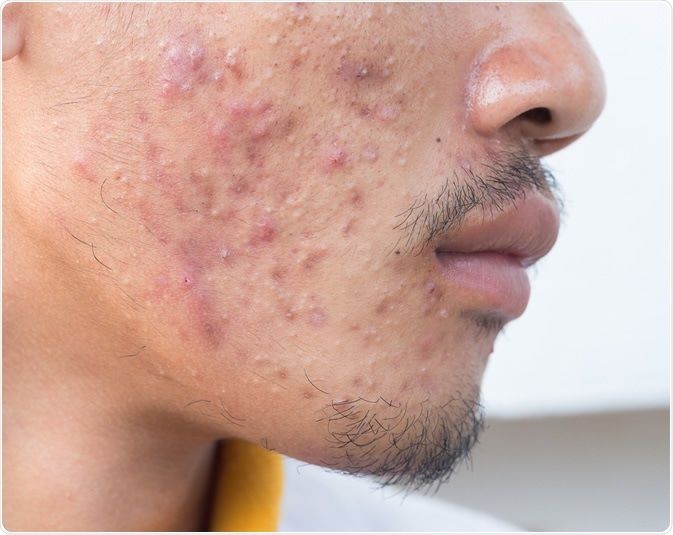
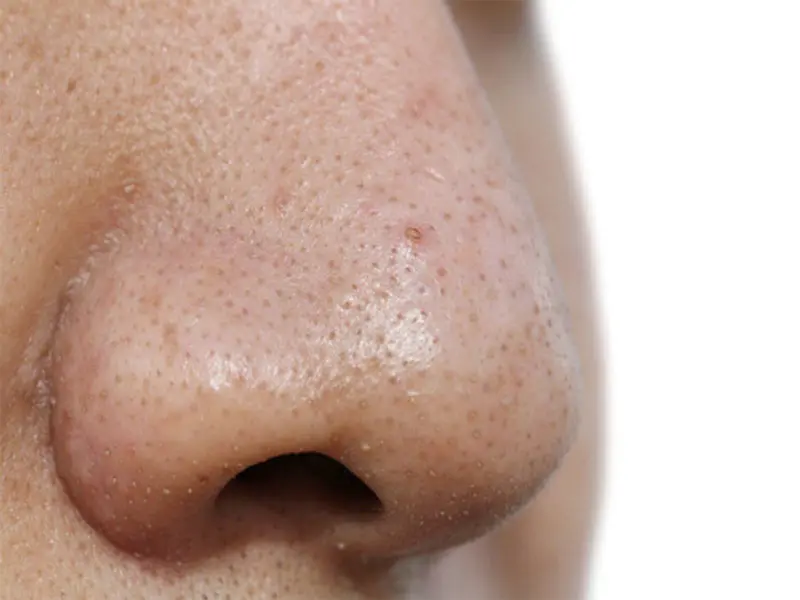
Also known as acne vulgaris, is a long-term skin condition that occurs when dead skin cells and oil from the skin clog hair follicles. Typical features of the condition include blackheads or whiteheads, pimples, oily skin, and possible scarring. It primarily affects skin with a relatively high number of oil glands, including the face, upper part of the chest, and back.


Pimples (pustules):
Pimples are a common skin condition caused by clogged or inflamed oil glands or an increased presence of pimple-causing bacteria on your skin.
Pimples are a common skin condition caused by clogged or inflamed oil glands or an increased presence of pimple-causing bacteria on your skin.
Causes of acne:
- Excess oil (sebum) production. Sebaceous glands are tiny glands found near the surface of your skin. The glands are attached to hair follicles, which are small holes in your skin that an individual hair grows out of. Sebaceous glands lubricate the hair and the skin to stop it drying out. They do this by producing an oily substance called sebum. In acne, the glands begin to produce too much sebum. The excess sebum mixes with dead skin cells and both substances form a plug in the follicle.
- Bacteria. Normally harmless bacteria that live on the skin can then contaminate and infect the plugged follicles, causing papules, pustules, nodules or cysts.
- Acne can be triggered by increased levels of testosterone, which occurs during puberty or through anabolic-androgenic steroid abuse.
- Genetics.
Myths about acne:
- 'Acne is caused by bad diet' - the evidence supporting this notions is weak. Greasy food doesn't causes acne
- 'Acne is caused by having dirty skin and poor hygiene' - Most of the biological reactions that trigger acne occur beneath the skin, not on the surface, so the cleanliness of your skin has no effect on your acne
Acne treatments:
- Retinoids and retinoid-like drugs. Drugs that contain retinoic acids or tretinoin are often useful for moderate acne. These come as creams, gels and lotions. Examples include tretinoin (Avita, Retin-A, others), adapalene (Differin) and tazarotene (Tazorac, Avage, others)
- Benzoyl peroxide. It works by reducing oil and removing dead skin cells, along with killing bacteria
- Antibiotics to kill bacteria. Often combined with benzyoil peroxide to avoid resistance
- Isotretinoin. A derivative of vitamin A, it may be prescribed in severe cases as a last resort.
Hiding pimples with makeup:
Concealing active acne outbreaks with makeup can be lifesaver for young men, but you have to keep in mind that doing so at its best preserve the acne, at its worse cause even more acne, so it has it's trade off. If you decide to hide them, do so for only a short period of time (e.g. for a party, clubbing), then after you are done, wash it off and cleanse your face properly to avoid clogging of pores.
- Start with a color corrector
- Use a concealer a shade lighter than your skin
- After you’ve finished concealing, reach for a full-coverage foundation, being sure to choose a non-comedogenic (i.e., non-pore clogging—which makes for the best foundation for acne-prone skin) formula.
Again, don't forget to remove your makeup at the end of the day. Reach for a no-rinse makeup remover, like micellar water. Micellar water is powered by tiny oil molecules that help lift dirt, oil, and makeup up and away from the skin. Saturate a cotton pad with micellar water and wipe it across your face.
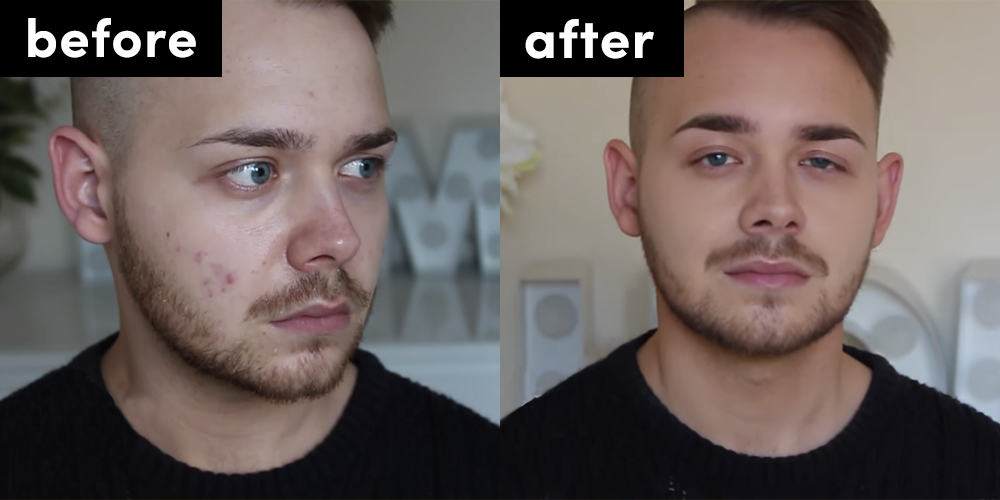
Blackheads and whiteheads (comedos):
Oil production in the sebaceous glands increases during puberty, which might cause comedones. Oxidation (rather than poor hygiene or dirt) causes blackheads to be black. Washing or scrubbing the skin too much could make it worse, by irritating the skin. Touching and picking at comedones might cause irritation and spread infection.
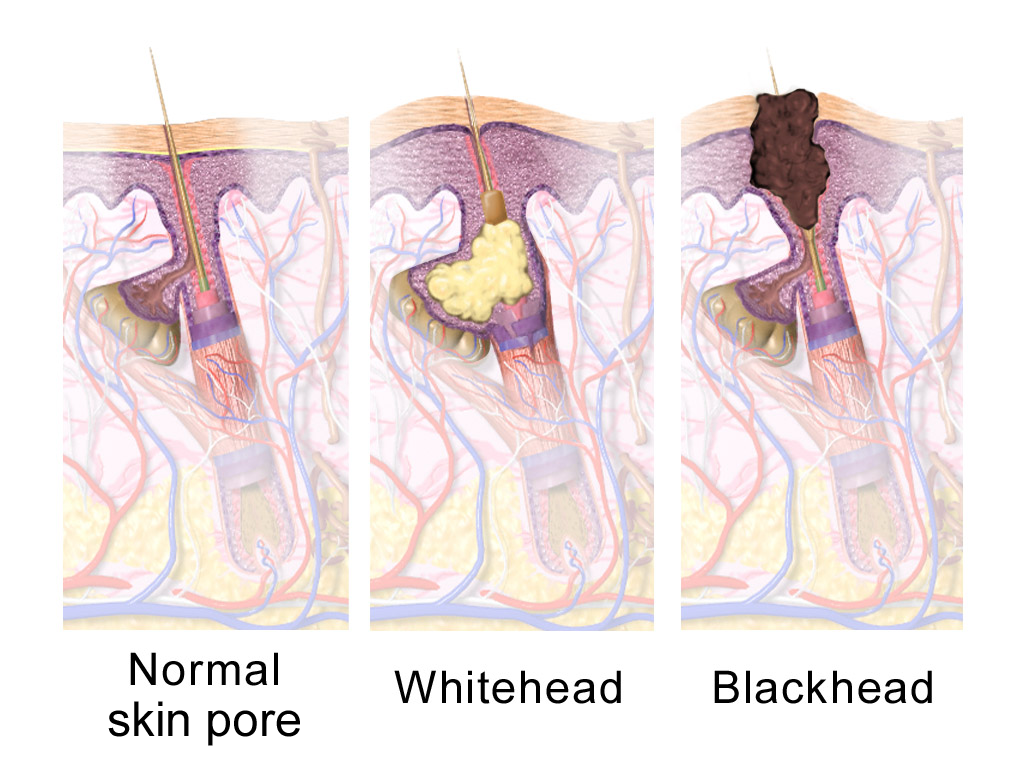
Blackheads removal
Blackheads, essentially open-air pimples, can appear on any part of your body and be especially frustrating to deal with. They can be removed at home by yourself or by a professional. I strongly recommend the latter.
- Chemical peels. They also remove clogs and get rid of the dead skins cells that contribute to blackheads. During a peel, a strong chemical solution is applied to the skin. Over time, the top layers of the skin peel off, revealing smoother skin underneath. Mild peels are available over the counter, while stronger peels are performed by dermatologists or other skincare professionals
- Dermatologists or specially trained skin care professionals use a special instrument called a round loop extractor to remove the plug causing the blackhead. After a small opening is made in the plug, the doctor applies pressure with the extractor to remove the clog
- Laser and light therapies use tiny beams of intense light to decrease oil production or kill bacteria. Both lasers and light beams reach below the surface of the skin to treat blackheads
Preventing blackheads:
- Wash your face regularly. Use facial cleanser on a daily basis
- Avoid oil-based products
- Exfoliate frequently (glycolic acid - AHA & salicylic acid - BHA are both useful)
- Over the counter medication, like topical retinoids can help by unplugging pores
- Clay or charchoal masks likeweise unclog pores
Hiding blackheads with makeup:
- Start with a (mattifying) primer
- Apply waterproof concealer
- Asses the situation. If they are still visible, continute with full coverage foundation
- Finish it off with translucent face powder
Whiteheads removal
Whiteheads are a form of acne that stay under the skin, but produce a raised white bump. Whiteheads can have many causes, including increased sebum production and shedding cells in the hair follicles. Androgen hormones like with any kind of acne also play a role. Clogged pores can develop when the sebum cannot reach the surface of the skin and gets stuck. As more sebum builds up behind the clogged pores, whiteheads appear.
Picking or popping whiteheads may cause more harm in the long run. Using fingers to pick a whitehead transfers dirt and oil to the area from the hands, which may lead to more clogged pores and subsequent whiteheads. It is better to avoid removing the whitehead at all unless it is done under the care of a skincare professional. Turn to you dermatologist or a cosmetician to get them removed.
Acne scars
Scars are formed when a breakout penetrates the skin deeply and damages the tissues beneath it

Treatment of acne scars:
- Removing acne scars at home is cope, but some creams might lower the contrast between the unscarred skin and the scars, like those containing azelaic or hydroxil acids
- Soft tissue fillers. Injecting collagen, fat or other substances under the skin can plump the skin over indented scars. The goal is to make the scars less noticeable. Results are temporary, so repeat treatments are needed to retain the effect. This method has little risk of changes in skin color
- Laser resurfacing. This approach is increasingly popular and is often used on scars that were once treated with dermabrasion. This technique has an increased risk of side effects for people with darker skin or a history of keloids
- Other energy-based procedures. Pulsed light sources (IPL) and radiofrequency devices help make scars less noticeable without damaging the outer layer of skin. Results are subtle, and you might need repeat treatments
- Dermabrasion. This procedure is usually reserved for more severe scarring. Your doctor removes the top layer of skin with a rapidly rotating brush or other device. Surface scars may be completely removed, and deeper acne scars may appear less noticeable. Potential severe side effects include scarring and changes in skin color
- Skin needling. Your doctor rolls a needle-studded device over the skin to stimulate collagen formation in the underlying tissue. It's a safe, simple and possibly effective technique for acne scarring. It has minimal risk of discoloring the skin. Results are subtle, and you may need repeat treatments
- Chemical peel. Your doctor applies a chemical solution to the scar tissue to remove the top layer of skin and minimize the appearance of deeper scars. You can repeat mild and medium peels to maintain results. You can have only one deep peel. Potential side effects include changes in skin color, especially with deep peels used on dark skin
- OnabotulinumtoxinA (Botox). Sometimes the skin around acne scars puckers. Injecting Botox relaxes the surrounding skin, which may improve the appearance of an acne scar. Results are temporary, so repeat treatments are needed to retain the effect.
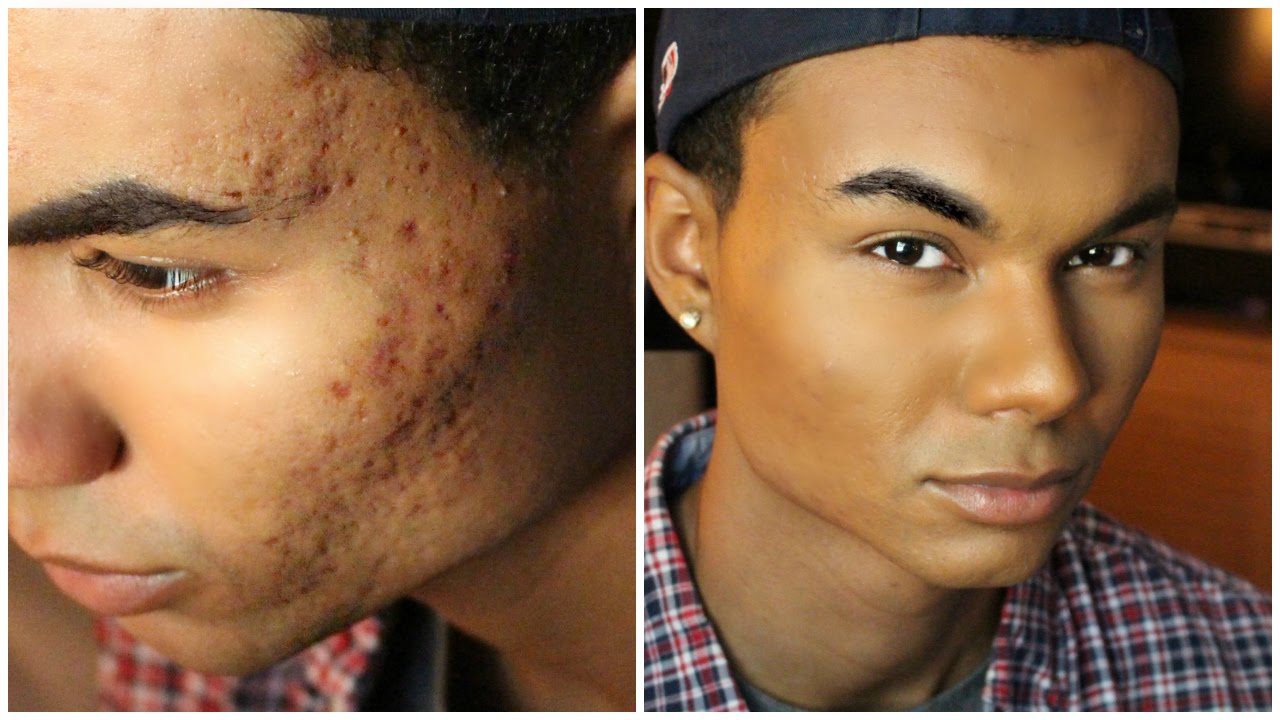
- Start with a matte primer to smooth out skin and blur imperfections
- Besides being marked by texture, you may notice that acne scars have the appearance of redness. That’s where green color-correcting concealer can come in handy. The theory is that colors opposite each other on the wheel can cancel each other out. That’s why, for redness, you’d want to use a green concealer
- For added coverage, use flesh-toned concealer on any acne scars, directly over the areas where you applied color corrector. Use your fingers first, then blend out the edges using a makeup blender
- After applying face makeup to cover your acne scars, setting all of your products with a finishing powder or spray is a must. A setting product can help prevent your makeup from budging—revealing your scars—as you go about your day. Hold the bottle eight inches from your face and misting four to six times. Spray in an “X” and “T” motion to help ensure your makeup is totally locked in place.
Blushing
A blush is a reddening of the cheeks and forehead brought about by increased capillary blood flow in the skin. It can also extend to the ears, neck and upper chest, an area termed the 'blush region'. It's a stress response, causing the blood vessels in your face to widen. It can be really embarassing during a presentation or work meeting

Possible causes of blushing:
Note that these can be used to hide skin redness in general, not only blushing. Depending on the situation, you can either:

- The natural reaction occurs in the face of a perceived threat, and it can also be triggered by the onset of a powerful emotion such as stress, shame, or embarrassment
- Spicy / hot foods or drinks
- Medical conditions like rosacea
- Medications such as calcium-channel blockers
- Sudden changes in body temperature
- Heavy exercise
Note that these can be used to hide skin redness in general, not only blushing. Depending on the situation, you can either:
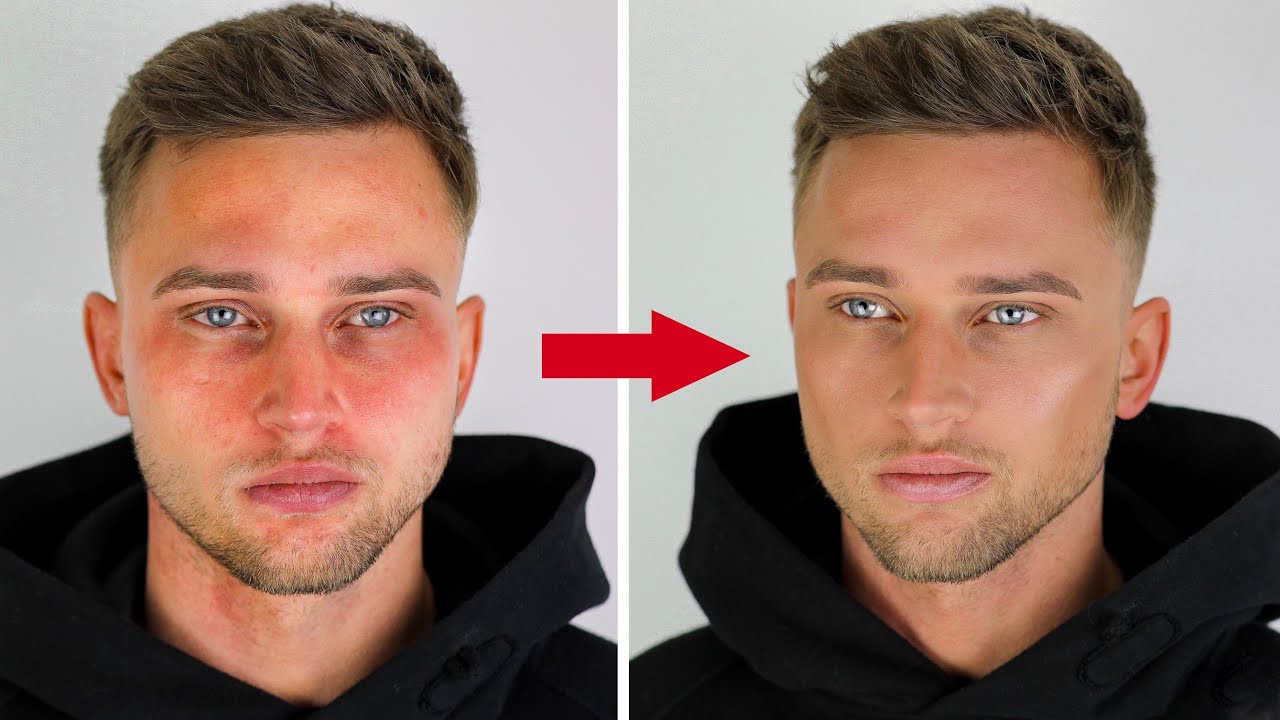
- Simply use a green-tinted color-corrector. It can mask blushing because the green neutralizes the redness of the cheeks. Green-colored moisturizer also works.
- 1. Start with a makeup primer that helps even out skin tone and texture. Spread a thin layer of prier onto your clean, moisturized face and gently massage it over your skin
2. Continue with a layer of green-tinted color corrector. Blend the color out with a makeup blender or your fingers until obvious green splotches have disappeared and a more even-looking skin tone is revealed. Of course, you may still have hints of green on there, and that's why you’ll want to follow up with the next step.
3. After color correcting, apply a concealer that perfectly matches your skin tone in order to further hide skin redness
4. It's optional but adding another layer of foundation will give your face a seamless look.
Big pores
A person’s pores may be more or less noticeable depending on their skin type. There are two types of pores. One releases the body’s natural oil, called sebum, and the other releases sweat. Sometimes the oil-releasing pores may appear enlarged

The causes of enlarged pores:
It is not possible to get rid of large pores, but there are ways to reduce their appearance, such as:
As far as common skin care concerns go, large pores are one of the easier imperfections to conceal.

- Mostly genetics, by far. Your genes are the greatest determining factor in your pore size. People with large pores often have family members with large pores
- Age. As you grow older, your skin loses it elasticity, which causes your skin to stretch and sag, making pores appear larger. Your skin also thickens as you age, which causes miniscule skin cells to gather around your pores, making pores look bigger
- Sun damage. Years of sun exposure can make pores appear larger. Sun damage can thicken the skin, which leads to bigger pores. Prolonged sun exposure can also remove collagen, elastin and water from your skin, which causes the tissue beneath your skin to shrink and pull at the edges of your pores, making them sag and look bigger
- Clogged pores. An excess amount of oil and dead skin cells gathering in your pores can cause pores to appear larger than usual
It is not possible to get rid of large pores, but there are ways to reduce their appearance, such as:
- Follow a proper skincare routine. Wash your face daily with a facial cleaner, use moisturizer to keep it hydrated and exfoliate regularly (both physical and chemical exfolatiors like alpha hydroxy acids [AHA] and beta hydroxy acids [BHA] are useful)
- Boost collagen production with tretinoin, vitamin C, products containing glycolic acid etc.
- Chemical peels are a great option to shrinking enlarged pores. A chemical peel can remove the outer, damaged layer of the skin with an acidic solution to improve your skin’s appearance and texture
- Microneedling
As far as common skin care concerns go, large pores are one of the easier imperfections to conceal.

1. Start with a pore-minimizing primer
2. Apply matte foundation
3. Use a blandable concealer. Follow up with a concealer to disguise and highlight parts of your face
4. Finish it with a translucent setting powder, which reduces shine.
Freckles & other skin discolorations
Freckles are clusters of concentrated melaninized cells which are most easily visible on people with a fair complexion. Freckles do not have an increased number of the melanin-producing cells, or melanocytes, but instead have melanocytes that overproduce melanin granules (melanosomes) changing the coloration of the outer skin cells (keratinocytes). As such, freckles are different from lentigines and moles, which are caused by accumulation of melanocytes in a small area (unlike moles, which are raised, freckles are flat). Freckles can appear on all types of skin tones. Of the six Fitzpatrick skin types, they are most common on skin tones 1 and 2.

Freckle removal
Your options when it comes to freckle removal are limited. Unlike moles, freckles are flat, they are not growths so they cannot be cut off. The only effective way to remove freckles are
Hiding freckles with makeup
Freckles can be hard to cover completely as they are usually spread over a larger area of the face. You can try not covering all yoir freckles completely as it will give a more natural look.

Your options when it comes to freckle removal are limited. Unlike moles, freckles are flat, they are not growths so they cannot be cut off. The only effective way to remove freckles are
- Laser treatment is one of the most effective ways of removing freckles. Many freckles are often removed after just one session, and even persistent freckles can fade into obscurity after repeated sessions. It will remove your freckles, but long term, new freckles can appear if you're not careful in the sun
- Intense Pulsed Light therapy (IPL)
Hiding freckles with makeup
Freckles can be hard to cover completely as they are usually spread over a larger area of the face. You can try not covering all yoir freckles completely as it will give a more natural look.
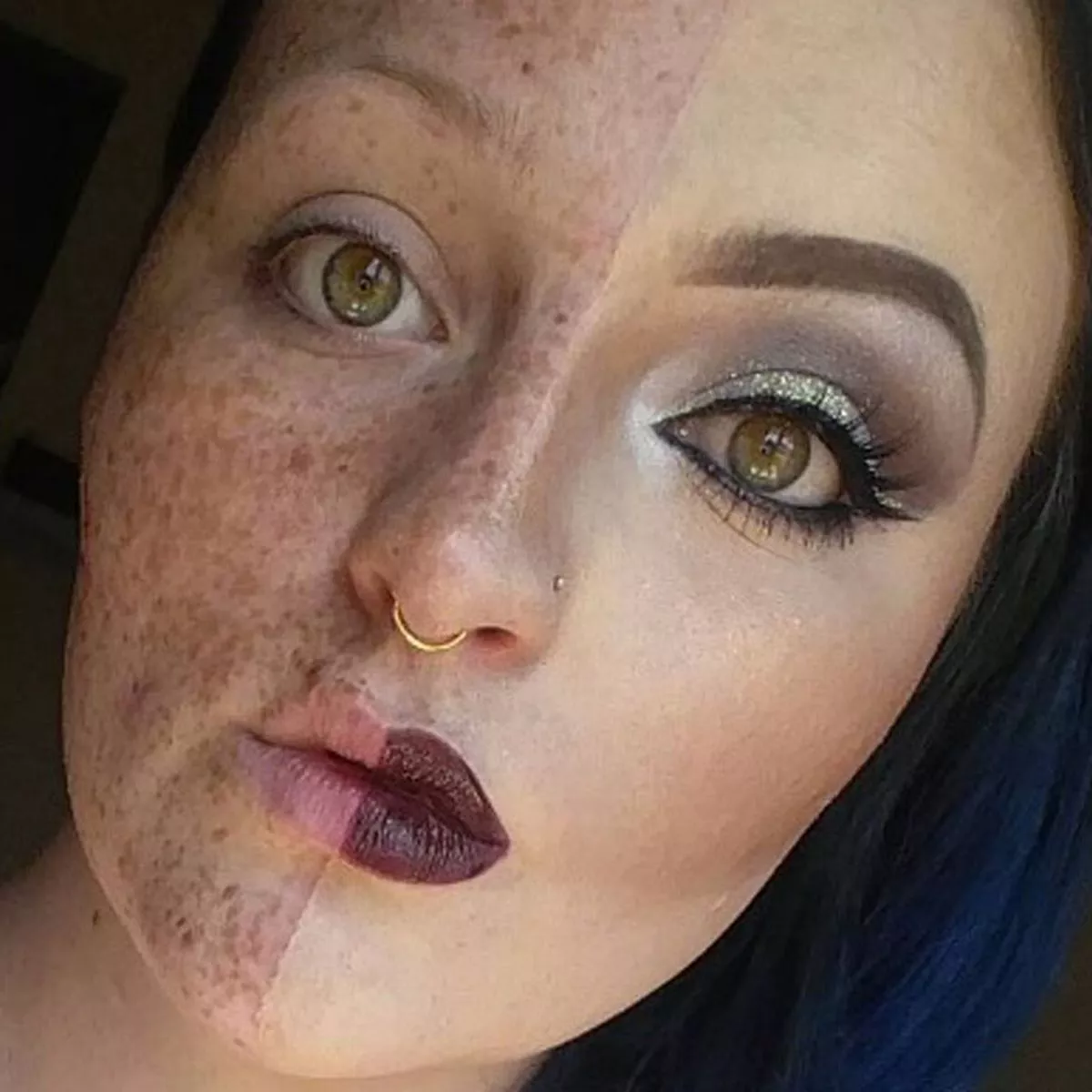
1. Apply concealer. It might or might not be enough on it's own, if it isn't,
2. Apply a foundation that matches your skin tone completely
3. Use translucent setting powder to finish it
Moles

Mole removal methods
A dermatologist can typically remove a mole during a routine office visit. Themain types of surgical procedures used for mole removal:

A dermatologist can typically remove a mole during a routine office visit. Themain types of surgical procedures used for mole removal:
- Freezing. This procedure uses a small amount of liquid nitrogen to remove a noncancerous mole
- Burning. This procedure uses an electric current to burn off the upper layers of a noncancerous mole. It may take more than one session to complete the mole removal
- Shaving. This procedure involves using a surgical blade to shave the mole off the skin’s surface
- Excision. This procedure goes deeper than shaving to excise the entire mole and stitch the skin back together. This type of removal is typically used if the mole is cancerous
Moles differ from freckles and other skin discolorations in that they can be raised from the skin's surface. This makes their concealment harder. Flat moles / dark spots are very easy to hide. You will need full-coverage makeup.
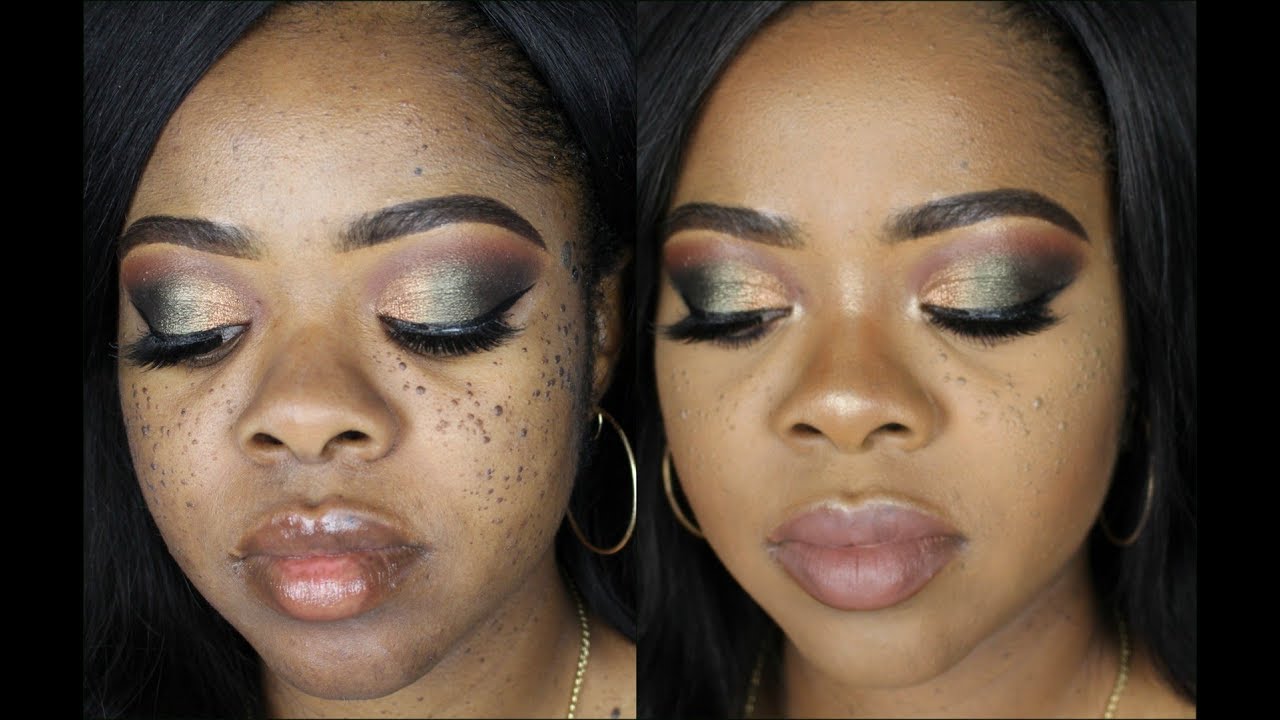
- Concealer. Dip your finger into the concealer and lightly tap it on as well as around the mole. It should be similar to what you used to do as a kid when you finger painted. Allow the concealer to dry for about one minute. If the mole still shows, then you may need to apply a second coat
- Foundation. In the event concealer isn’t enough, you may want to consider incorporating a foundation
- Face powder. For particularly troublesome moles, you may also need to apply face powder. This is often necessary when trying to cover up raised moles. Face powder is a fixative, meaning your foundation and concealer don’t run. You just need your brush into the powder and lightly apply it over the spot. By this point, your mole should be completely covered.
Razor burn
Razor burn is an irritating rash that sometimes appears after shaving. In its most mild form, razor burn will be slightly itchy and create a noticeable red rash on your face and neck. In severe cases, razor burn can also produce “razor bumps.” Razor bumps are created by ingrown hairs. They look like pimples and they can itch like a mother.

Prevention of razor burn:
You can hide them with either:
- Soften your facial hair. A nice soft beard can be removed far more easily than one that feels like a brillo pad. Thus, the best time to shave is after you take a shower. The hot steam will soften up your beard, leaving it in primo condition for shaving. If you want to get your beard really soft, take some hair conditioner and rub it on your beard while you’re in the shower. Leave it on for the duration of the shower and rinse when you’ve finished bathing.
- Exfoliate. Once a week take the time to remove dead skin cells and bring potential ingrown hairs out of hiding. If you have curly hair (e.g. you are black), you are more prone to ingrown hairs so should keep an eye on them (might wanna use razor bump cream)
- Use safety razor for shaving. Five blade razors are not only a rip off , they actually cause much more irritation to your skin. More blades = more irritation
- Follow the correct shaving pattern, always shave with the grain first. You won't be able to remove your beard in one pass when shaving with the grain, but that's okay. Just lather up and make another pass; making several passes with the grain can be better than one pass against the grain.
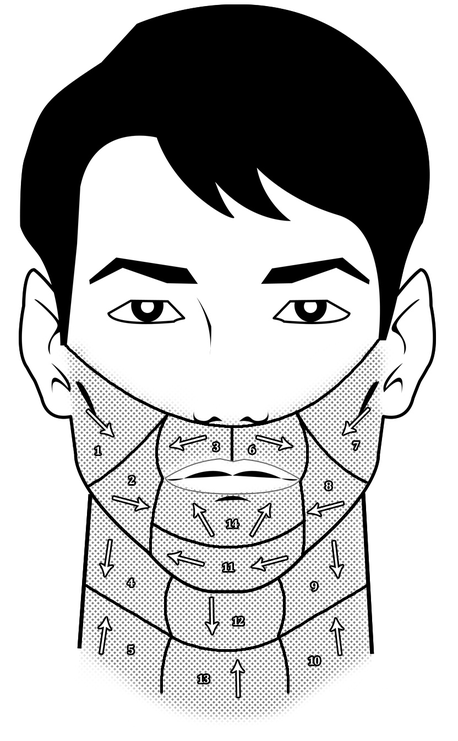
- Use light, short strokes. Applying too much pressure with the razor increases your chances for razor burn. The weight of the razor is sufficient to cut your beard. To keep yourself from applying too much pressure, use short strokes. With longer strokes, we tend to apply more pressure on the razor. Don'T shave too close.
- Use a sharp razor. A dull blade creates a lot of drag and tears your whiskers. Change your blades often, safety razor blades are dirt cheap.
- Clean the blade after every stroke. Every time you make a pass on your face, your blade is collecting whiskers and shaving cream. This goop gets in the way of the blade making a clean cut. Rinse your blade after each pass.
- Rinse your face with cold water when done. The cold water helps close up your pores and reduces the probability of pesky whiskers forming ingrown hairs.
- Apply a balm or moisturizer. Aftershaves can feel refreshing, but for some men, they actually add to the irritation. If this is you, try applying a soothing balm or an aloe vera-based cortisone cream in order to reduce redness.
You can hide them with either:
- (Waterproof) concealer
- Mix high-coverage foundation with oil-free moisturizer, then apply it onto your skin. You can finish it off with concealer to make it more hidden

Stretch marks
Stretch marks, also known as striae, are a form of scarring on the skin with an off-color hue. Over time they may diminish, but will not disappear completely. Striae are caused by tearing of the dermis during periods of rapid growth of the body, for men, this happen most commonly due to rapid height growth during puberty or rapid weight change (gain or loss).

Stretch marks occur in the dermis, the resilient middle tissue layer that helps the skin retain its shape. No stretch marks will form as long as there is support within the dermis; stretching plays a role in where the marks occur and in what direction they run, however, there are a number of contributing factors.
Stretch mark prevention
Don't fall for snake oil sellers' lies, stretch marks that have already been formed are permanent, once you got one it will stay on your skin until your death. In another words, the best way to treat stretch marks is to not get them in the first place.
Proneness to them, like most things is genetical, which means if you are rapidly growing in height during puberty, there is not much you can do. However you can very effectively avoid getting striaes from gymmaxxing by abstaining from extreme weight changing methods (e.g. dirty bulking, abusing steroids, fasting for rapid weight loss). You can marginally help prevent stretch marks from occuring by boosting the production of collagen and elasting, proteins in the skin that contribute to it's strength, flexibility and resilience.
Treatment of already formed stretch marks:
Stretch mark prevention
Don't fall for snake oil sellers' lies, stretch marks that have already been formed are permanent, once you got one it will stay on your skin until your death. In another words, the best way to treat stretch marks is to not get them in the first place.
Proneness to them, like most things is genetical, which means if you are rapidly growing in height during puberty, there is not much you can do. However you can very effectively avoid getting striaes from gymmaxxing by abstaining from extreme weight changing methods (e.g. dirty bulking, abusing steroids, fasting for rapid weight loss). You can marginally help prevent stretch marks from occuring by boosting the production of collagen and elasting, proteins in the skin that contribute to it's strength, flexibility and resilience.
Treatment of already formed stretch marks:
- Tretinoinand in general retinoids, like all other topical creams, will NOT remove striaes, but can make them appear less severe
- Laser therapy is the least cope when it comes to treatment. Lasers deliver focused light to the skin. Depending on what kind of laser is used, treatment could have the potential to increase collagen production and help stretch marks fade to blend in with the surrounding skin
- Microdermabrasion involves exfoliating the skin in a way that at-home remedies can’t. Using a handheld wand, a professional applies an abrasive substance to your skin to gently scrub away dead skin cells. Modaretely effective
- Microneedling uses a device that creates tiny pricks in the skin. This treatment causes the skin to produce collagen and elastin, which could help loose skin appear tighter. Not the most effective way, as it need lots of sessions to show results but can be useful. Can be combined with radiofrequency therapy, which sends waves into your skin and stimulates collagen production.
Last edited:


